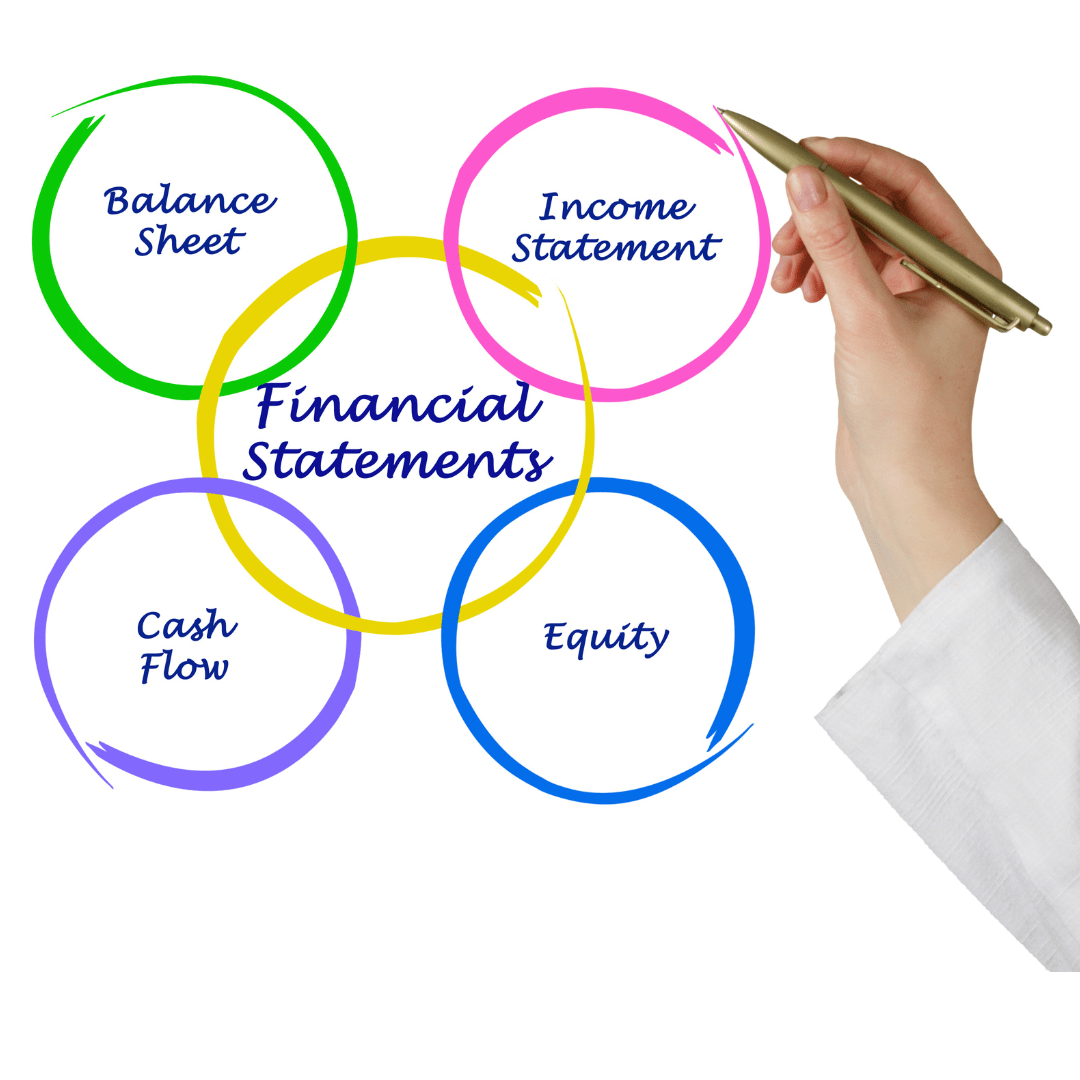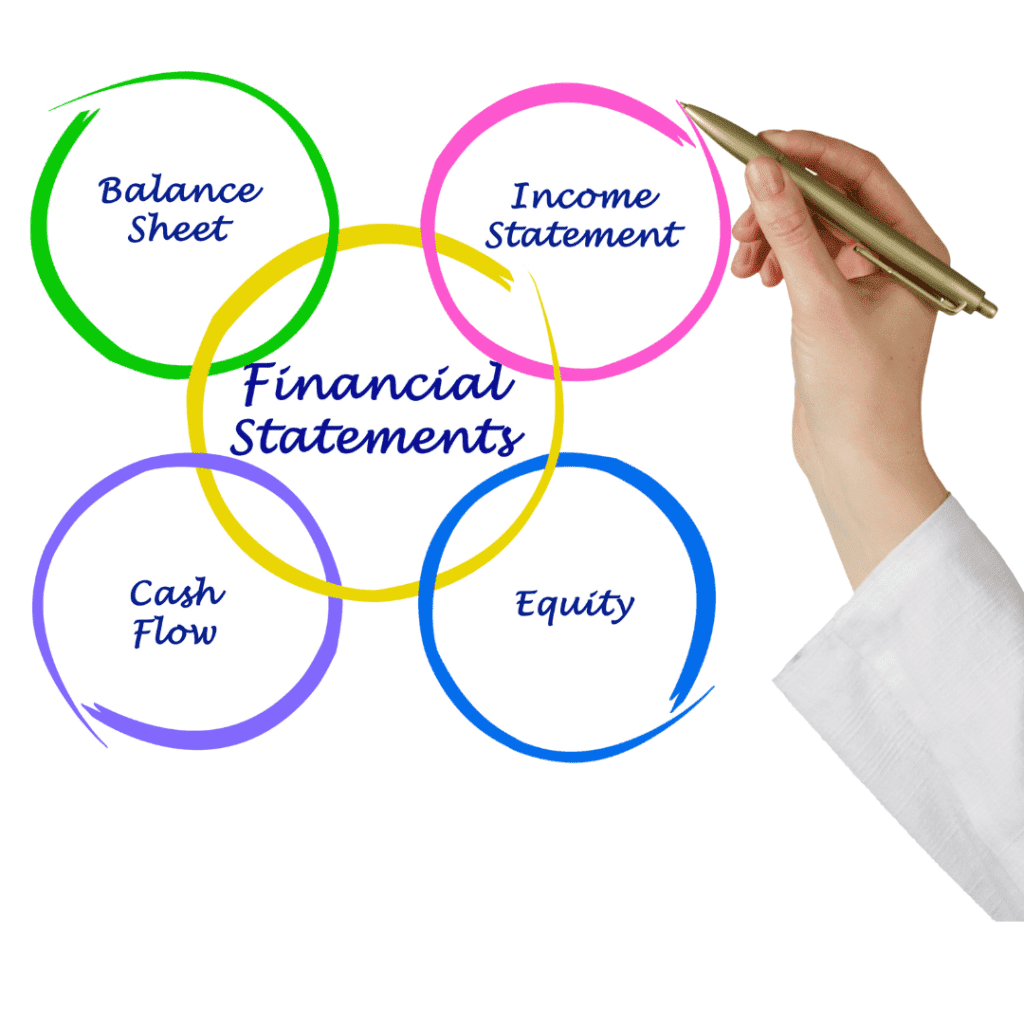

A financial statement is a formal record of the financial activities and position of a business, person, or other entity. Financial management boils down to strategically planning and managing your finances to achieve specific goals, whether it’s for an individual or an organization. It’s essentially about making the most of your money.It typically includes several key components:
- Balance Sheet: This presents the financial position of the entity at a specific point in time, listing its assets, liabilities, and equity. Assets are what the entity owns, liabilities are what it owes, and equity represents the ownership interest.
- Income Statement (Profit and Loss Statement): This shows the revenues, expenses, and net income (or net loss) of the entity over a specific period of time, such as a month, quarter, or year. It demonstrates the entity’s ability to generate profit from its operations.
- Cash Flow Statement: This details the inflows and outflows of cash and cash equivalents over a specified period. It categorizes cash flows into operating activities, investing activities, and financing activities, providing insight into how cash is generated and used.
- Statement of Changes in Equity (or Statement of Owner’s Equity): This highlights the changes in equity over a period, showing the contributions by owners, distributions to owners, net income, and other adjustments.
Here are some key aspects of financial management:
For individuals:
- Budgeting: Creating a plan for income and expenses to ensure you’re living within your means and saving for future goals.
- Debt management: Strategically managing loans and credit cards to minimize interest payments and avoid delinquency.
- Investing: Growing your wealth by allocating funds to various assets like stocks, bonds, or real estate.
- Retirement planning: Saving and investing for a comfortable retirement lifestyle.
- Tax planning: Understanding and optimizing your tax liability to keep more money in your pocket.
For organizations:
- Profitability: Maximizing income and minimizing expenses to generate profit.
- Cash flow management: Ensuring sufficient cash on hand to meet operational needs and obligations.
- Investment analysis: Evaluating potential investments to maximize return on investment (ROI).
- Risk management: Identifying and mitigating financial risks like market fluctuations or economic downturns.
- Financial reporting: Creating accurate and timely financial statements for stakeholders and regulatory compliance.
Overall goals of financial management:
- Financial stability: Maintaining healthy finances to avoid debt and secure future needs.
- Financial growth: Increasing wealth and achieving financial goals over time.
- Financial security: Building peace of mind by knowing your finances are in order.
Financial management is a dynamic field encompassing various tools, strategies, and best practices. The specific approach depends on your individual or organizational circumstances and goals.
Financial statements are essential tools for stakeholders such as investors, creditors, management, and regulators to assess the financial health, performance, and liquidity of an entity. They provide a snapshot of its financial position and performance, aiding in decision-making processes and financial analysis.